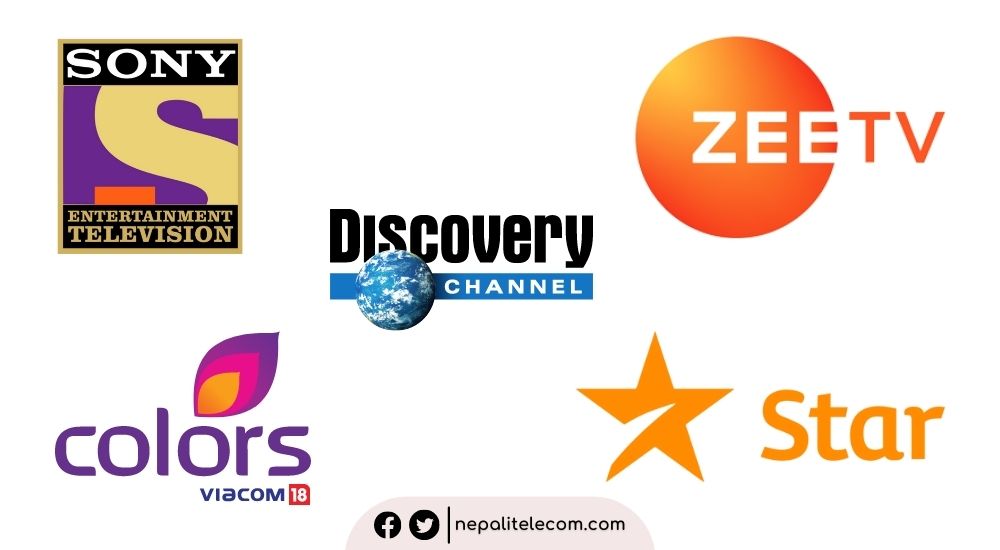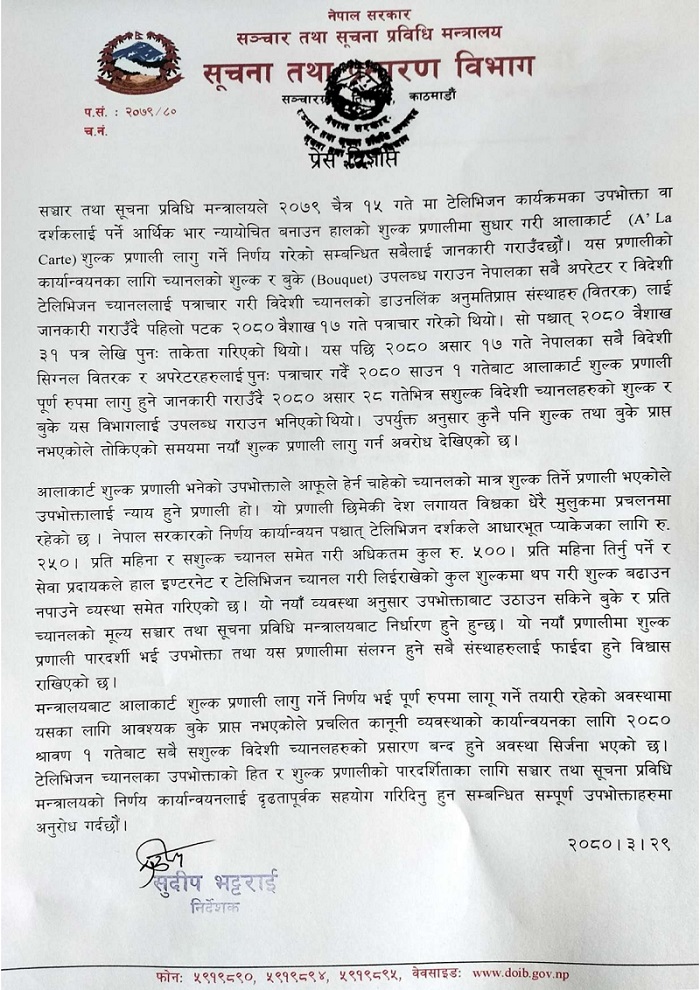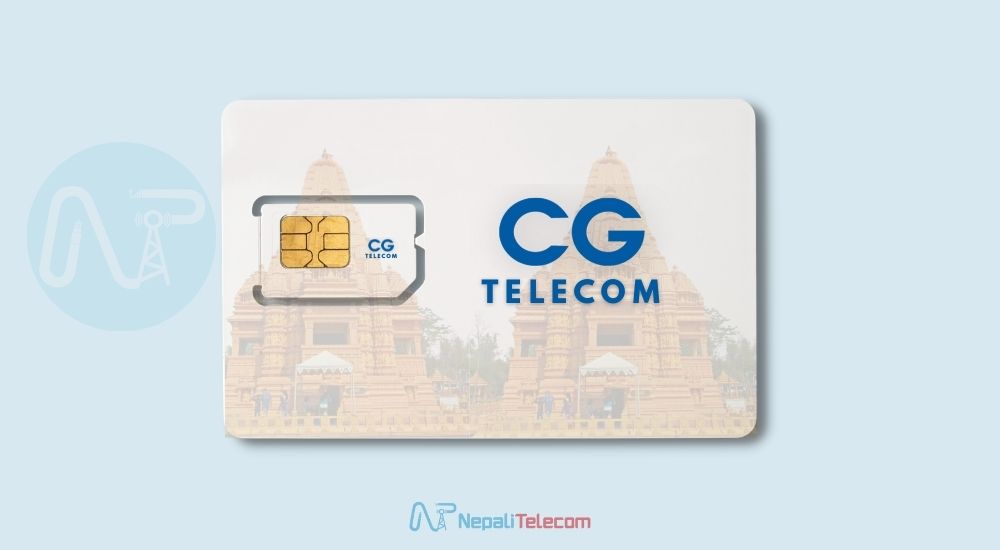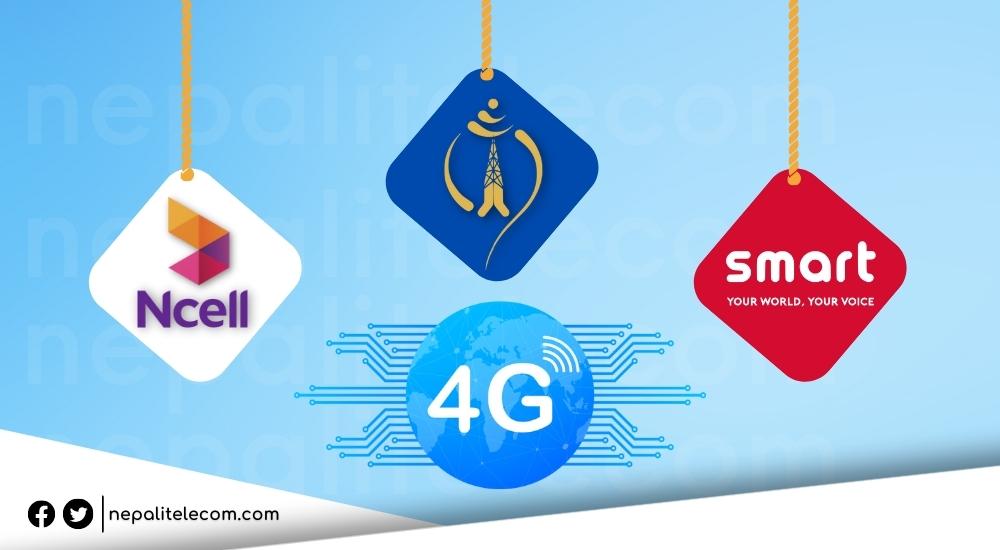The government has said that paid foreign TV channels have shut down in Nepal from today (Shrawan 1, 2080) over the A’ La Carte charges. As per the Department of Information and Broadcasting (DoIB), the situation transpired after cable TV operators and foreign companies failed to provide their channel costs and bouquets. More particularly, it’s the hesitation from Indian TV channel broadcasters to align with the system that has resulted in the TV channel outage on Nepali households’ television screens.
Earlier, the government fixed basic and premium TV channel packages for customers under the A’ La Carte system. But as prices for the TV channels didn’t arrive from distributors, there is a risk of them being pulled soon.
Releasing a notice, the department notified that the paid foreign TV channels will go off air from Shrawan 1. It is also the start of the upcoming Fiscal Year FY 2080/81. On Baisakh 17, 2080, the department contacted foreign TV channel distributors for the price list of their channels.
Again, the department contacted the concerned bodies on Baisakh 31 for the same. And again on Ashar 17, companies were called upon relating to them that the A’ La Carte will come into implementation from Shrawan 01 onwards. However, the respondents couldn’t supply the channels’ package and bouquets. This hasn’t allowed the authority to impose new costs on TV channels. It’s the reason that foreign TV channels could shut down from Nepali screens from Shrawan 1 onward.
The department has also requested Nepali customers to support the implementation of the decision of the Communication Ministry. It says the decision brings benefits to consumers of television channels and helps make the fee system more transparent.
You may also like to read: Netflix drops subscription costs in Nepal along with 30 countries, find plans new charges
Indian Broadcasters to blame?
The ambitious implementation of the A’ La Carte system is now at stake. And to a huge part, it’s due to the hesitation from Indian broadcasters to adhere to the Nepal government’s price structure for TV channels. Even months after official demand from the Nepali authority, Indian providers of popular TV channels such as Sony, Zee, Star, HBO, etc. have not provided price details for individual channels.
Indian Broadcasting and Digital Foundation has written to DoIB stating its displeasure at the price structure. It said that the different rates for TV channels are not acceptable. The department, however, maintains that it’s within the consumers’ right to select which channels they want to watch and pay accordingly.
The government has set a fee of Rs 250 per month for a basic TV package. This includes free-to-air Nepali and foreign channels from categories such as news, infotainment, entertainment, and sports. Likewise, the maximum price for each bouquet channel is set at Rs 40. In television, a bouquet means a group of many TV channels bundled together.

At maximum, the service providers can only charge Rs 500 for basic and bundle TV packages under the A’ La Carte system.
The A’ La Carte system means that customers can only pick the TV channels they want in their subscription. It directly benefits the buyers in their monthly payments. This system is common in many countries around the world.
Read DoIB’s notice below:

What about ISPs and their IPTVs?
The system holds that Internet Service Providers (ISPs) can’t charge their subscribers over Rs 500 per month. The bouquet and per-channel costs are determined by the Ministry of Communication, Information, and Technology (MoCIT). Many ISPs provide IPTV services in Nepal which comes with all the major TV channels.
Previously, the companies would bundle them in one package. However, NTA has now disallowed the bundling of internet and IPTV services so their charges are separately mentioned in billings. The A’ La Carte system is expected to bring transparency in TV channel pricing and help the customers.
The government of Nepal announced the plan for A’ La Carte system for TV channels in Nepal on Baisakh 15, 2079.
Do you approve of this per-channel price system in Nepal or prefer the bundling which brings all channels at a cost? You can share your opinion with others in the comments below.













